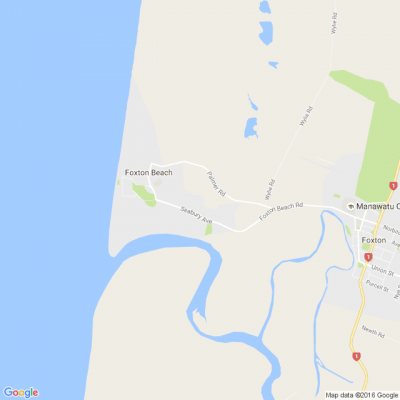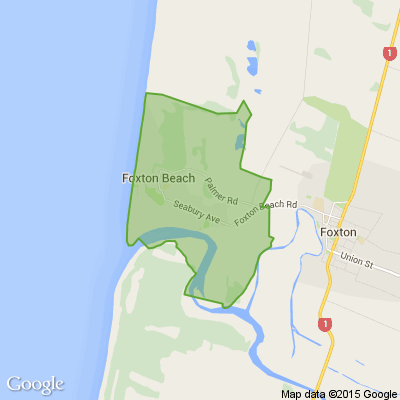Stop Your Curtains Getting Damp and Mouldy
It’s time to bid farewell to summer for another year and start facing the reality that soon it’s going to be cold and damp for a while. As we enter those colder months and condensation appears on the windows, we thought it was a good time to share some tips on preventing mould and mildew growing on your curtains.
What makes mould and mildew grow?
Interestingly, it’s not directly the condensation on your windows that causes mould and mildew because most curtains don’t come into contact with it. Mould and mildew grow when there’s moisture and warmth in the home, which condensation does contribute to.
Just like everything absorbent in your home, as temperatures go up the moisture in the air evaporates and is absorbed into the fabric. As they cool, the moisture changes back from its gaseous state to being closer to its liquid form. In absorbing this moisture they also take in any bacteria it holds. Repeated over time, this is what causes the nasty growths.
The difference between mould and mildew
Mould is a broad term that encompasses multiple identical nuclei and can grow beneath and penetrate the surface of affected material. Mildew is a type of mould that grows on the surface and can therefore be much more easily treated/removed. When it’s live, moulds are orangey or reddish in colour. The black patches we see are actually the hibernating mould spores waiting for the sun to warm them up and bring them back to life.
Where does all this moisture come from?
We live in a pretty humid climate in New Zealand at the best of times; in some areas it’s even greater. But it’s not all weather related. Cooking, showering, drying clothes, unflued gas heaters and simply breathing and existing all produce moisture content within our homes.
Preventing moisture build up and/or drying out your home
• Install a home ventilation system of some kind.
• Crack the windows a little during the day to allow a bit of cool air to flow through your home. North facing windows are best.
• Get a dehumidifier. Emptying this once a day (or more!) will really open your eyes to how much moisture is in your home. Remember the science though, you need to warm the air (and thus the moisture in it) before the dehumidifier can suck it in and remove it.
• Pop a DampRid moisture absorber container on the windowsill behind the curtains.
• Install a ShowerDome and extractor fan in the bathroom.
• Make sure your clothes dryer is vented to the outside.
• Install a rangehood in the kitchen and use lids on pots and pans.
• Change the curtain rail brackets to 80 or 100mm so the curtains are further from the walls and the windows allowing for more air circulation. Bear in mind however, this will likely lower their thermal insulating capabilities.
• Invest in double-glazing. Although this does not prevent mildew it can work to slow the onset.
• Minimise what mould growth feeds on. Clean soft furnishings regularly, clean windows and wipe down window surrounds with warm soapy water.
Check plumbing for leaks.
• Maintaining an even inside temperature throughout the house helps stop moist air from condensing.
• Insulate well. Start with the ceilings and under floor as a priority, then the walls.
• Close curtains/blinds as soon as the sun goes down.
Don’t worry if it’s too late - Curtain Clean can treat and remove mould and mildew from your curtains. Call us on 0800 579 0501 or visit curtainclean.co.nz to find out more.

Six tips for improving security around your home
1) Improve outdoor lighting
Ensure that streets, driveways, and front yards are well-lit. Motion-sensor lights around homes deter trespassers by reducing hiding spots and illuminating their movements.
2) Trim your trees
Overgrown shrubs and trees provide cover for intruders. Keeping them well-trimmed around windows and doors improves visibility and reduces potential hiding spots.
3) Secure Entry Points
Ensure doors, windows, and gates are always closed when you are away from the house. Upgrade to more secure locks, deadbolts, or even smart locks for added protection.
4) Add a security camera
Place security cameras in the main entry points to your home. Doorbell cameras are also relatively cheap and a great way to keep track of who is visiting your home when you aren't there.
5) Start a Neighborhood Watch Program
You could reach out to members on Neighbourly to form a group of neighbors who can regularly keep an eye out for suspicious activity and report it. You could also check with Neighbourhood Support to see what is existing in your area.
6) Introduce yourself to your neighbours
The closer you are to your neighbors, the more likely they’ll notice when something unusual or suspicious is happening around your property
Feel free to share anything that you do around your area to deter crime.

Poll: Is dumping an issue in your neighbourhood?
There's nothing worse than strolling around the streets in your neighbourhood and seeing dumped rubbish.
Have you noticed this in your area? What could we do to combat this around the country?

-
43.4% Yes, I've seen some illegal dumping
-
56% No, our neighbourhood is pretty good
-
0.6% Other - I'll share below
Baking Stall!
Bring your coins and come along to our baking stall tomorrow (Thursday 10th Oct) located at 676 Queen Street.
Loads of yummy baking to choose from;
- Cakes, Slices, Cookies, Loaves, Boscotti, Lolly Log etc!
We will be set up from approx 10am - 12pm.
See you there!







 Loading…
Loading…























